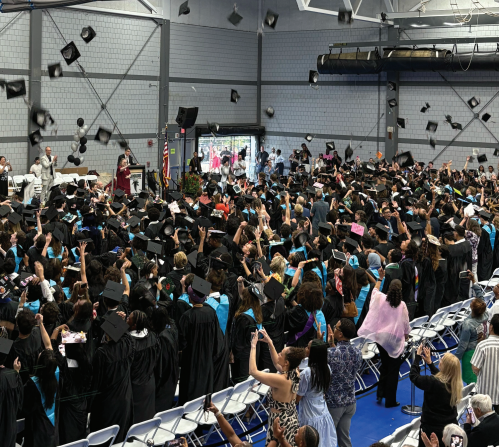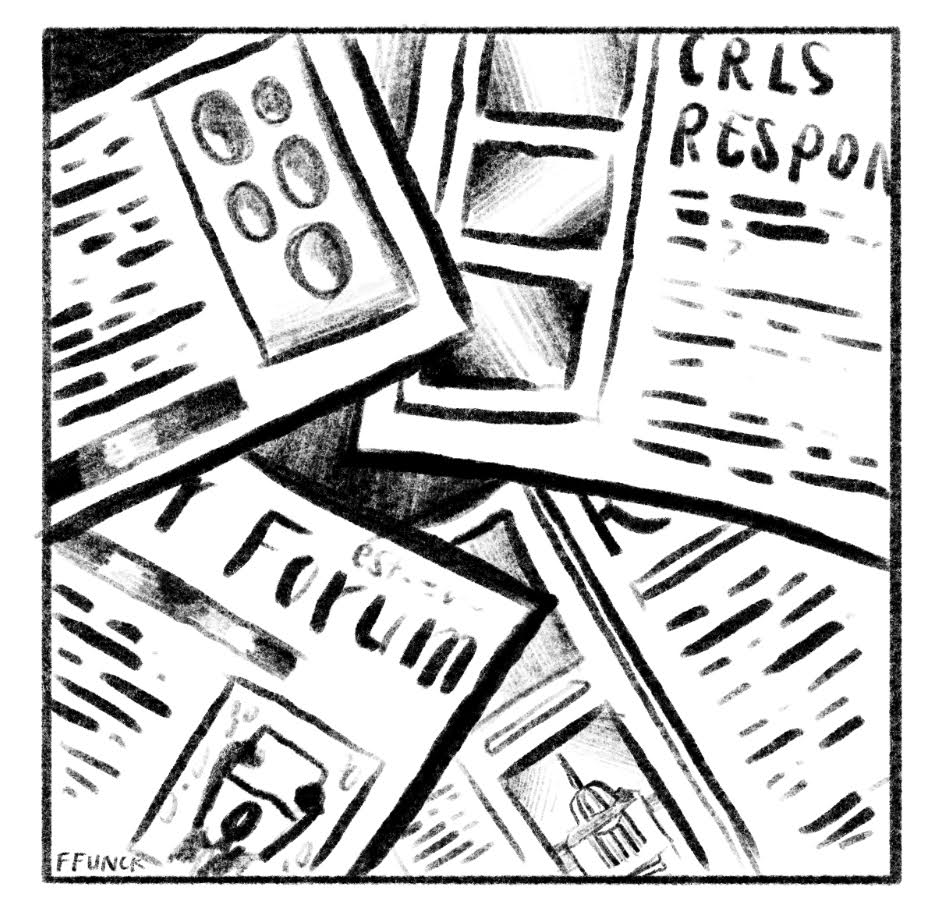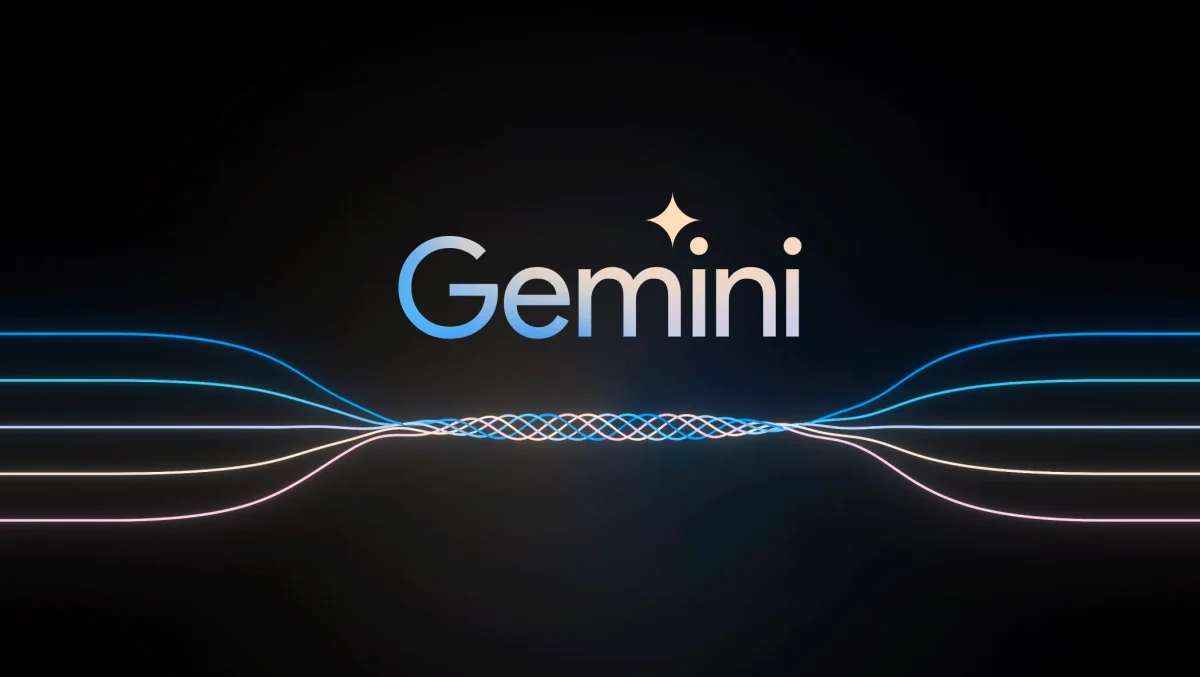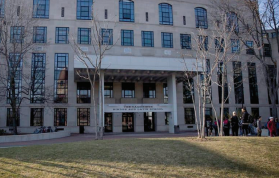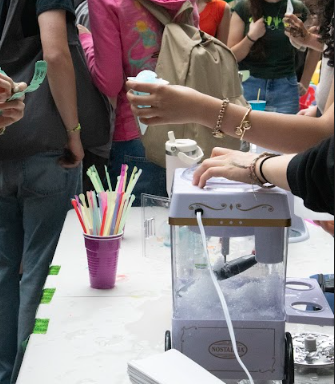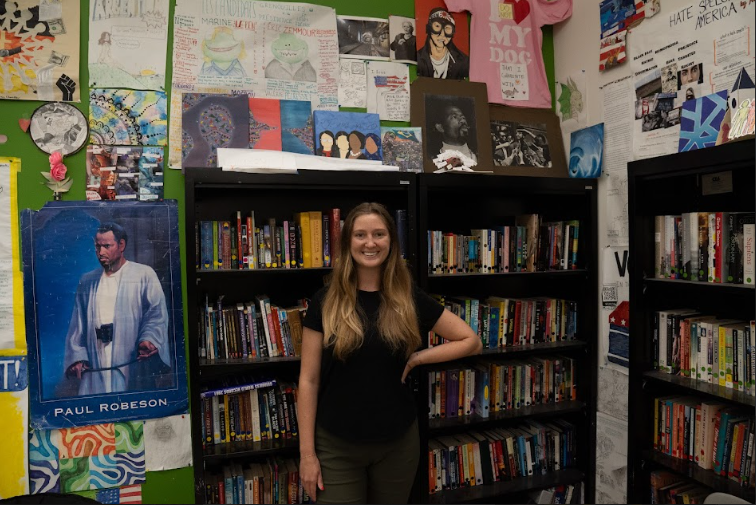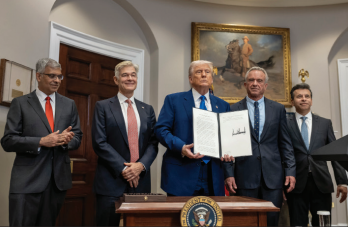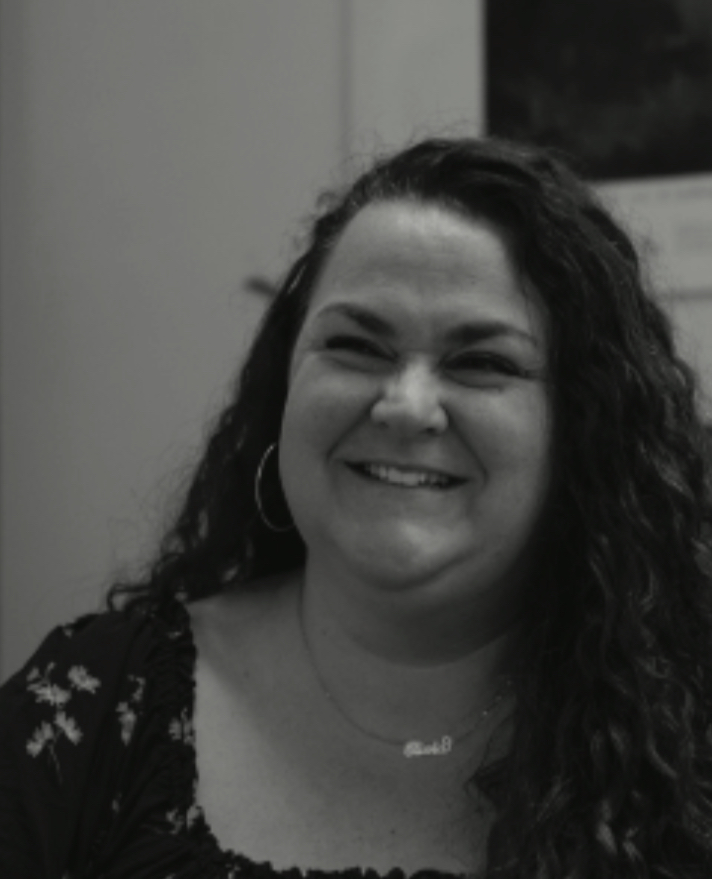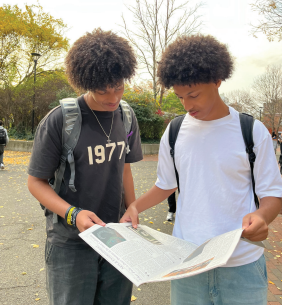
Newspapers and television, which have historically dominated the spread of news, are no longer the predominant suppliers of news at CRLS. Through a survey conducted by the Register Forum of nearly 200 students, teachers, and administrators, many noticeable differences were revealed. Data showed that short-form media forms were extremely popular amongst students, while for teachers and administrators, television remains the predominant source of information. Since the late 2000s, newspaper circulation of both weekend and weekday papers began to decline nationwide. A 2023 study conducted by Pew Research Center estimated that around 20 million circulation of newspapers (both print and digital) have been lost in the span of a decade. Local TV channels are also experiencing a similar decline.
This trend was further confirmed by the CRLS community, where only 11.7% of students surveyed relied on traditional media as their sole source of news, compared to 35.1% of teachers. As represented by the data, legacy media struggles to gain a new, younger audience when competing against popular social media platforms. Finances can also be a barrier for many young adults. Sean Yang ’28 told the Register Forum, “I will not get a subscription just to only get news.” Additionally, Taihong Shu ’28 also shared a similar sentiment, explaining, “If I live alone, I will not spend money for news, because I have my phone.” Students who currently consume legacy media, which includes broadcast, cable, and newspaper news, often rely on their guardians’ subscriptions. When paying for news becomes a conscious action at their own expense, it’s unclear how many people will actually continue with the same subscriptions as their caregivers.
The Register Forum also quizzed respondents on the names and faces of the nation’s top news anchors. Among such distinct anchors as ABC’s David Muir and CBS’s Norah O’Donnel, CNN’s Anderson Cooper was the most recognized by both groups, regardless of age. Broadly speaking, teachers tended to recognize the anchors better with only one (1.3%) unable to identify any, while 40 students (33%) knew none. Interestingly, even though the majority of the respondents for both students and teachers identify themselves as politically left-leaning, most knew about right-wing online commentator Ben Shapiro, among other right-wing commentators such as Candace Owens and Charlie Kirk, while few recognized their left-leaning counterparts.
Bekan Reta Hailu ’27 said he found right-wing influencers through his feed on X, stating that their controversial messaging “makes them spread more.” Similarly, history teacher Christopher Montero said they intentionally use provocative messages to “amplify their opinion.” Joshua Landwehr, another history teacher at CRLS, spoke about the dangers of algorithms, where he received recommendations for right-wing content when he clicked on unrelated videos for his class. He argued that for many, recommendations are a gateway to fringe viewpoints, telling the Register Forum, “Once you get into the echo chamber, the rabbit hole leads to more extreme [content, and the more you watch], the algorithm gets more extreme.” In this age of new information, people have access to a much broader range of
free news sources. On the other hand, this also leads to a decline in the quality of information, as established organizations struggle with finance.
This article also appears in our January 2025 print edition.

